If asked what comes to mind when you think of Belgium, what would you say? Waffles. Tintin. A thriving underground rave scene? As unlikely as it seems, Belgium’s contribution to the distinctly 90s cultural epidemic that was European rave has been long understated. Before the all-night superclubs that encouraged bad fashion and even worse decisions, there were dusty Belgian nightclubs like Antwerp’s Ancienne Belgique. It was within these sweat soaked walls that a new sound was born, a sound that became known as New Beat.
New Beat emerged in the late 80s as an ‘accidental’ creation of DJ Dikke Ronny (literally DJ Thick Ronny) and resulted from the fusion of techno and acid into a uniquely trance-like expression of steady thumping baselines and repeating vocals. However, this house revolution was not just the result of Ronny’s happy accident with the turntable but found its home thanks to the invasion of a new American sensation that redefined ‘a good time’; its name was Ecstasy.
No longer the realm of psychedelic enthusiasts and pill popping Yuppies, the mid-to-late 80s saw ‘Vitamin E’spread rapidly through Europe, cultivating a new breed of youth that loved techno and hated sleep. The founder of Belgian record label R&S, Renaat Vandepapeliere, remembers how “I thought we’d changed the world. It was the E, of course. I hadn’t quite figured that out then.” Sheltered in the grasp of the ‘hug drug,’ New Beat thrived in Belgium’s underground dance scene and even saw commercial successes with groups such as ‘Confetti’s’ and the ‘Lords of Acid.’ While New Beat informed the dance music of Belgium well into the 90s with classics like Orgasmico,Pulverturmand The Ultimate Seduction, its influence reached much further than home.
The sound of New Beat evolved and splintered as its increasingly manic offshoots contributed to the emerging styles of hardcore and rave. This aggressive house music had begun to emigrate; being picked up and distributed across neighboring countries, continental ravers reveled in a harder sonic experience. However, nowhere embraced this Belgian export quite like the North of England. With a musical tradition steeped in innovation and escapism, Belgian house was a perfect addition to the North’s ever-expanding repertoire.
Speaking about Belgian house in 1992, Andy Barker, member of the Manchester DJ collective 808 Skate, noted that ‘you can see it influences more or less all the dance scene in England.’ To him, the success of this pounding techno lay in the (then necessary) pursuit for ‘the most ‘ardest record around.’ By the early 90s, rave culture had well and truly arrived in Britain and as Andy said at the time, ‘Everyone’s looking at Belgium.’
Unfortunately for Belgian record sales, this sentiment did not last as new trends and home-grown European techno superseded its musical predecessor. Although hugely significant for the origins of European rave culture, Belgian house’s commercial success had been its own undoing. It became tainted with the unflattering label of generic Eurodance and faded into relative obscurity. Just like the E that had made it all possible, Belgian House was a short, sharp high.
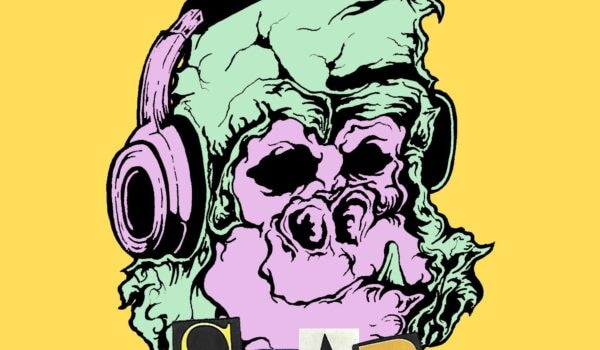

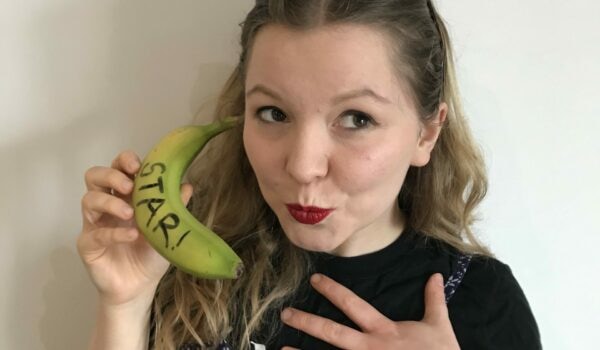



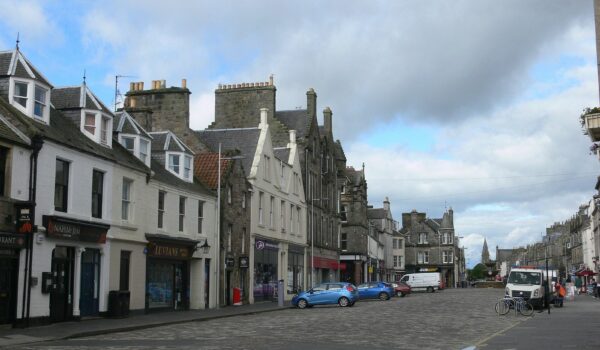
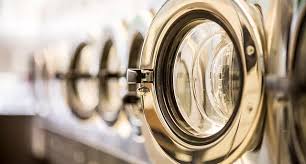
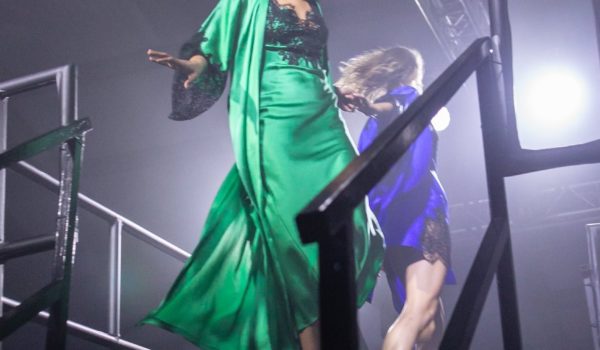
Comments